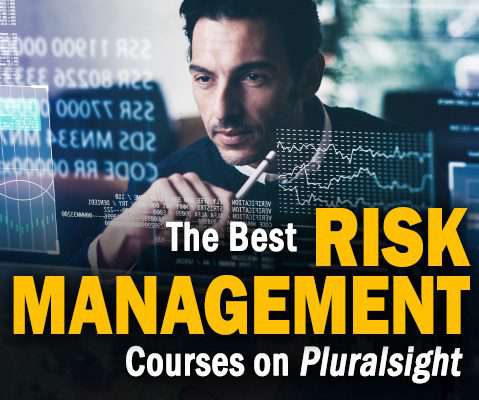Risk Management as a Career: A Guide for BCM Professionals
MHA Consulting
AUGUST 24, 2023
Defining the Risk Framework The risk framework refers to the activities that make up the role of risk manager. The Eight Risk Areas One of the risk managers key responsibilities is analyzing the likely impact on the organization of each of the eight risk areas. Transferring risk. Accepting risk.












Let's personalize your content